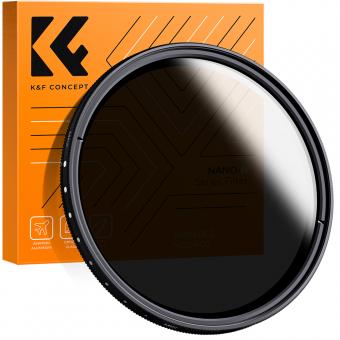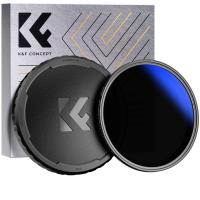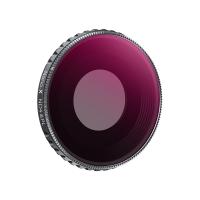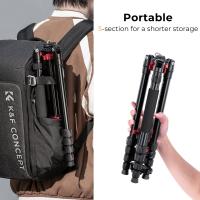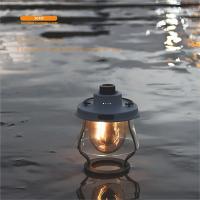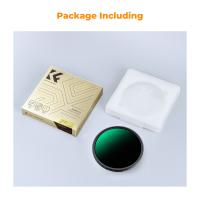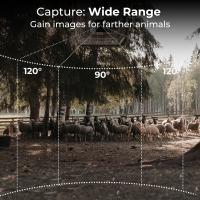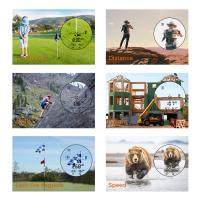How To Chose Binoculars ?
When choosing binoculars, consider factors such as the intended use, magnification power, objective lens diameter, field of view, and overall quality. Determine whether you need binoculars for birdwatching, stargazing, hunting, or other activities. Higher magnification provides more detailed views but may result in a narrower field of view. The objective lens diameter affects the amount of light gathered, with larger lenses allowing for brighter images. Consider the weight and size of the binoculars, as well as their durability and waterproofing if needed. Reading reviews and comparing different models can help you make an informed decision.
1、 Magnification power
When it comes to choosing binoculars, one of the most important factors to consider is the magnification power. Magnification power refers to how much closer the binoculars can make an object appear compared to the naked eye. It is typically denoted by a number followed by an "x" (e.g., 8x, 10x).
The choice of magnification power depends on the intended use of the binoculars. For general purposes such as birdwatching or nature observation, a magnification power of 8x or 10x is usually sufficient. Higher magnification powers, such as 12x or 16x, can provide a closer view but may also result in a narrower field of view and reduced image stability due to increased shakiness.
It is important to note that higher magnification does not always mean better. In fact, using binoculars with very high magnification can be challenging for beginners and may require the use of a tripod for stability. Additionally, higher magnification can amplify hand movements, making it difficult to maintain a steady image.
In recent years, there has been a growing trend towards lower magnification binoculars, such as 8x or 7x, for their wider field of view and increased image stability. These lower magnification binoculars are particularly popular for activities like wildlife observation, where a wider field of view allows for easier tracking of moving subjects.
Ultimately, the choice of magnification power should be based on personal preference and the specific needs of the user. It is recommended to try out different magnification powers before making a purchase to determine which one feels most comfortable and suits the intended purpose.
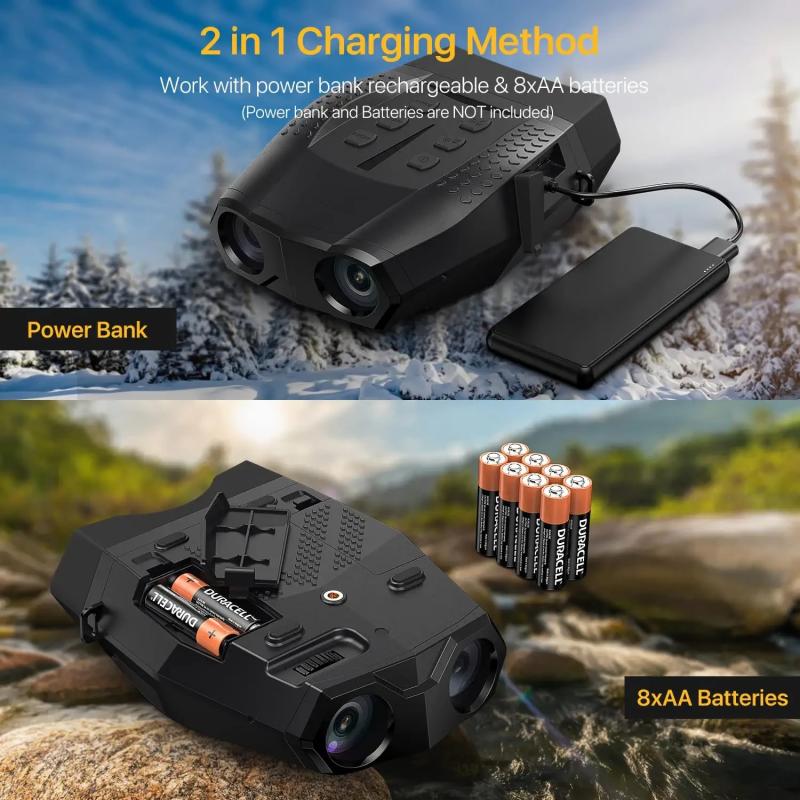
2、 Objective lens diameter
When it comes to choosing binoculars, one important factor to consider is the objective lens diameter. The objective lens is the larger lens at the front of the binoculars that gathers light and determines the amount of light that enters the binoculars. The objective lens diameter is typically measured in millimeters and is represented by the second number in the binoculars' specifications, such as 8x42 or 10x50.
The objective lens diameter plays a crucial role in determining the brightness and clarity of the image you see through the binoculars. A larger objective lens diameter allows more light to enter the binoculars, resulting in a brighter image, especially in low-light conditions. This is particularly important for activities like stargazing or birdwatching at dawn or dusk.
However, it's important to note that a larger objective lens diameter also means a larger and heavier pair of binoculars. This can make them less portable and more challenging to carry around for extended periods. Additionally, larger objective lenses may require a tripod or other stabilization methods to prevent image shake due to their weight.
In recent years, there has been a trend towards compact and lightweight binoculars with smaller objective lens diameters. Technological advancements have allowed manufacturers to improve the quality of optics, resulting in brighter and clearer images even with smaller objective lenses. This has made compact binoculars a popular choice for outdoor enthusiasts who value portability and convenience.
Ultimately, the choice of objective lens diameter depends on your specific needs and preferences. If you prioritize brightness and image quality, especially in low-light conditions, then opting for binoculars with a larger objective lens diameter would be ideal. However, if portability and convenience are more important to you, then compact binoculars with smaller objective lenses may be a better fit.
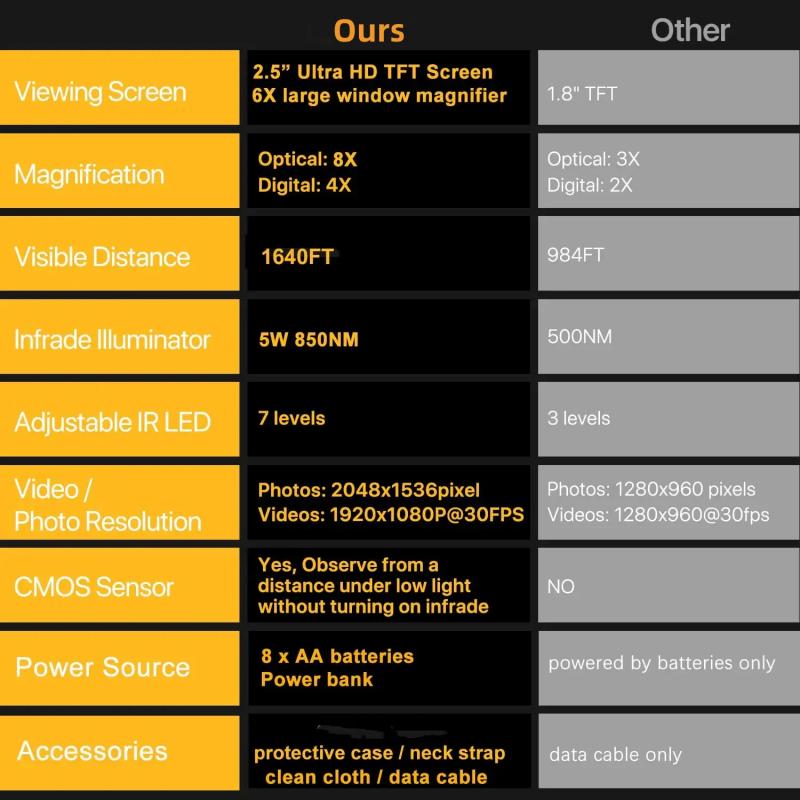
3、 Field of view
When it comes to choosing binoculars, one of the most important factors to consider is the field of view. The field of view refers to the width of the area that can be seen through the binoculars at a specific distance. It is typically measured in degrees or feet at a certain distance.
A wider field of view allows you to see a larger area, making it easier to locate and track objects. This is particularly important for activities such as birdwatching, wildlife observation, and sports events where quick movements and wide scanning are required. On the other hand, a narrower field of view may be sufficient for activities like stargazing or hunting where you are focusing on a specific target.
When choosing binoculars, it is important to strike a balance between magnification and field of view. Higher magnification may result in a narrower field of view, while lower magnification can provide a wider field of view. It is recommended to opt for a binocular with a field of view of at least 6 degrees or 300 feet at 1,000 yards for general use.
It is worth noting that the latest advancements in binocular technology have led to the development of wide-angle binoculars. These binoculars offer an even wider field of view, often exceeding 7 degrees or 350 feet at 1,000 yards. They provide a more immersive viewing experience and are particularly popular among nature enthusiasts and birdwatchers.
In conclusion, when choosing binoculars, consider the field of view based on your specific needs and activities. A wider field of view can enhance your overall viewing experience, but it is important to find the right balance with magnification. Additionally, keep an eye out for the latest wide-angle binoculars for an even more immersive viewing experience.

4、 Prism type (roof or porro)
When it comes to choosing binoculars, one of the most important factors to consider is the prism type. Binoculars typically come in two prism types: roof and porro. Each type has its own advantages and considerations, and the choice ultimately depends on your specific needs and preferences.
Roof prism binoculars are known for their sleek and compact design. They have a straight-through barrel shape, making them more streamlined and easier to handle. Roof prism binoculars are also generally more durable and waterproof, making them suitable for outdoor activities. However, they tend to be more expensive due to their complex manufacturing process.
Porro prism binoculars, on the other hand, have a traditional zigzag shape. They are generally larger and bulkier than roof prism binoculars, but they offer a wider field of view and better depth perception. Porro prism binoculars are also more affordable, making them a popular choice for beginners or casual users.
In recent years, there has been a shift towards roof prism binoculars due to advancements in technology. Manufacturers have been able to improve the optical quality and reduce the size and weight of roof prism binoculars. This has made them more appealing to outdoor enthusiasts and birdwatchers who value portability and convenience.
Ultimately, the choice between roof and porro prism binoculars depends on your specific needs and preferences. Consider factors such as your intended use, budget, and desired features. It's also recommended to try out different models and compare them side by side to see which prism type feels more comfortable and suits your viewing style.











